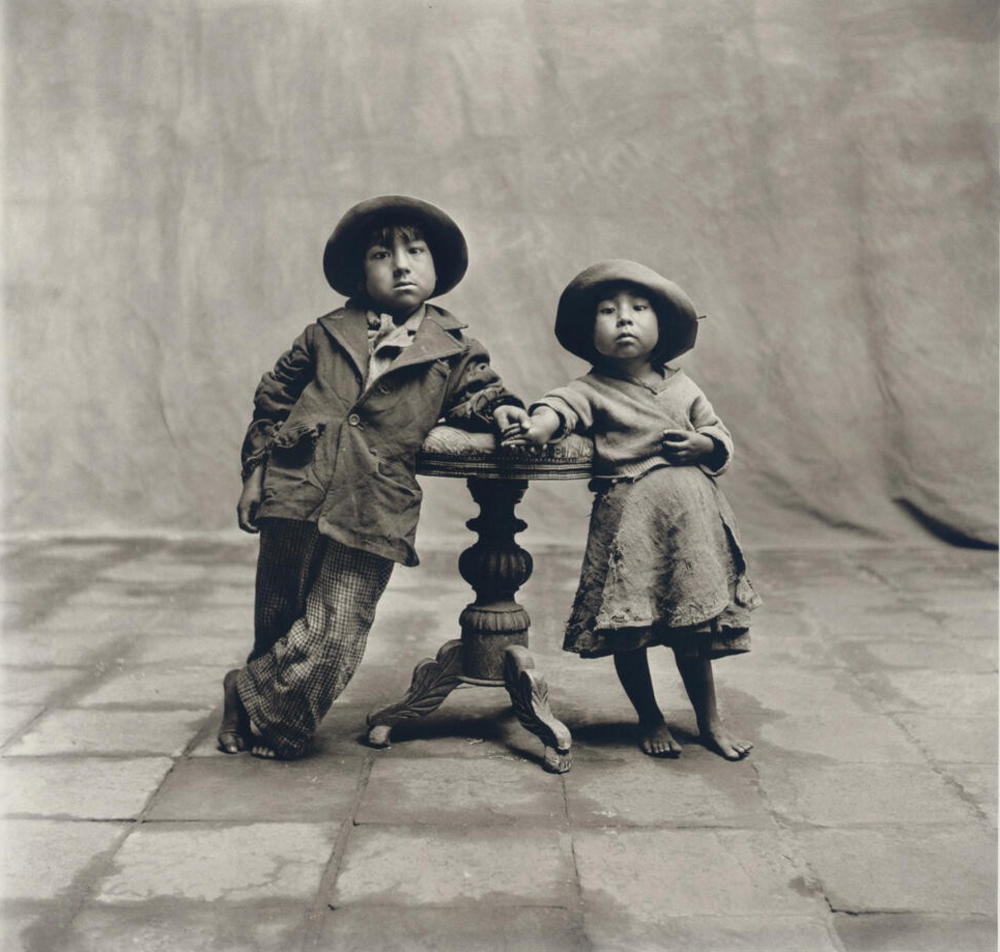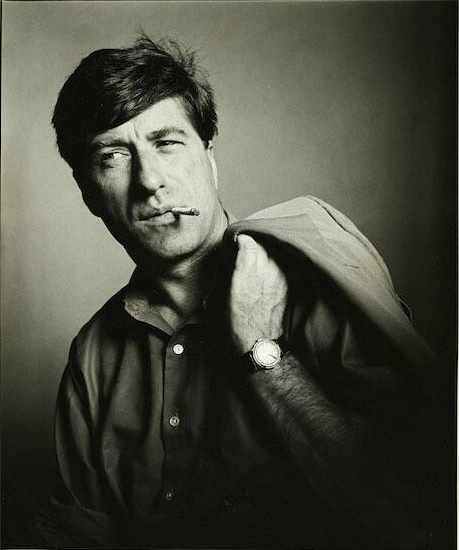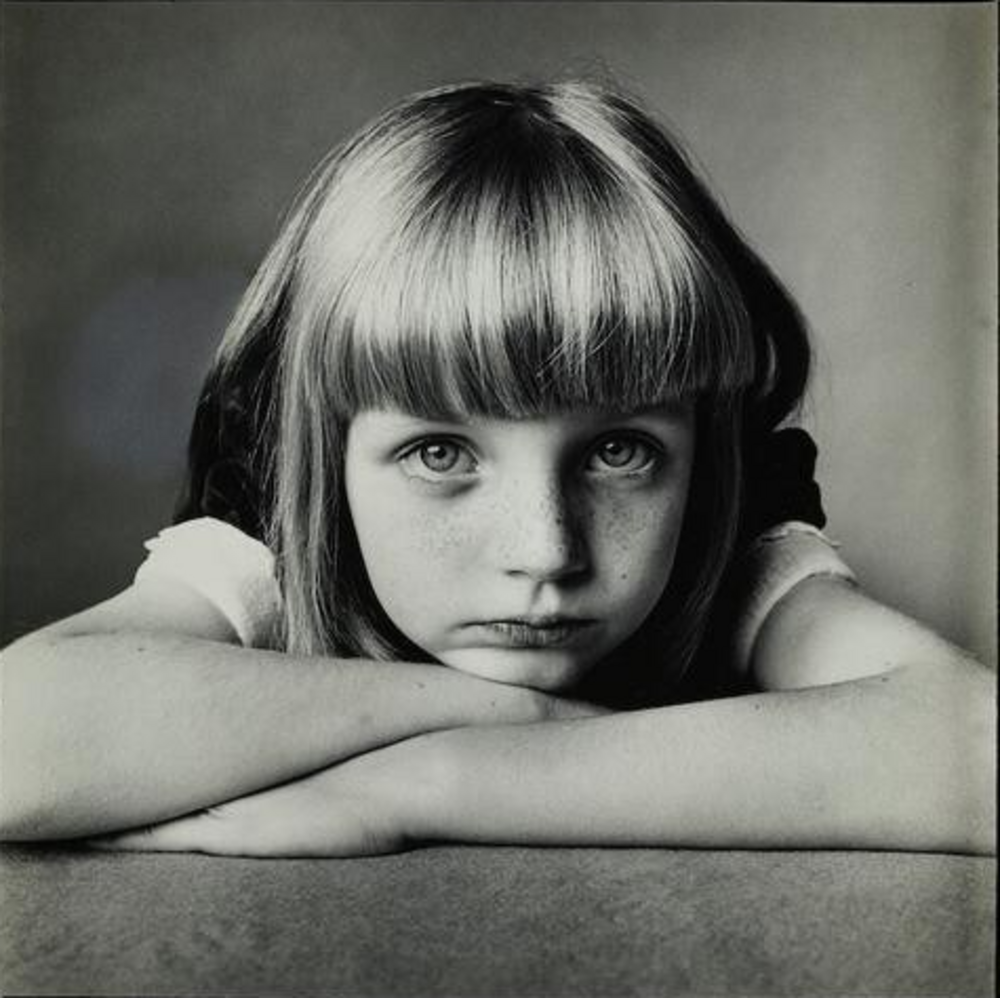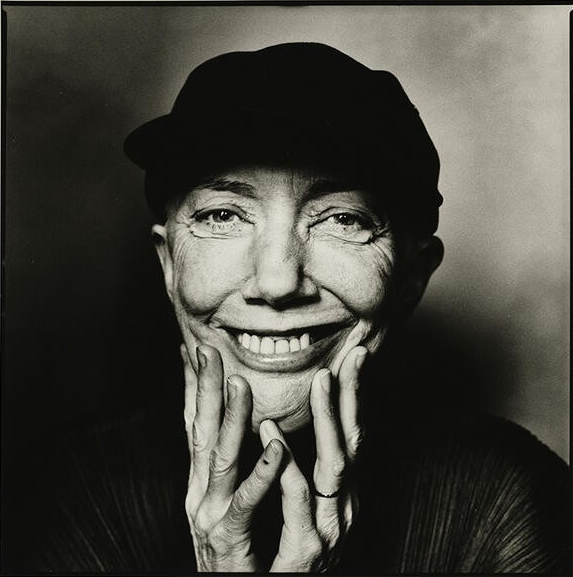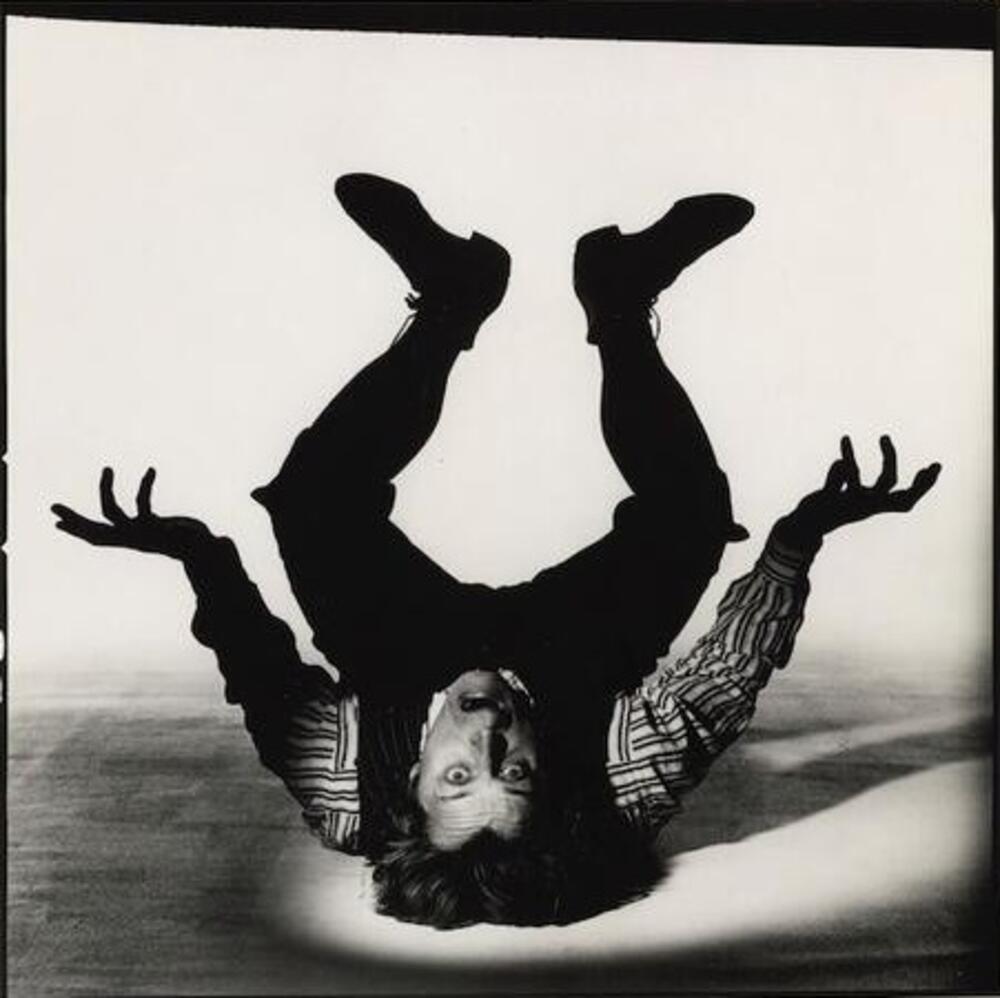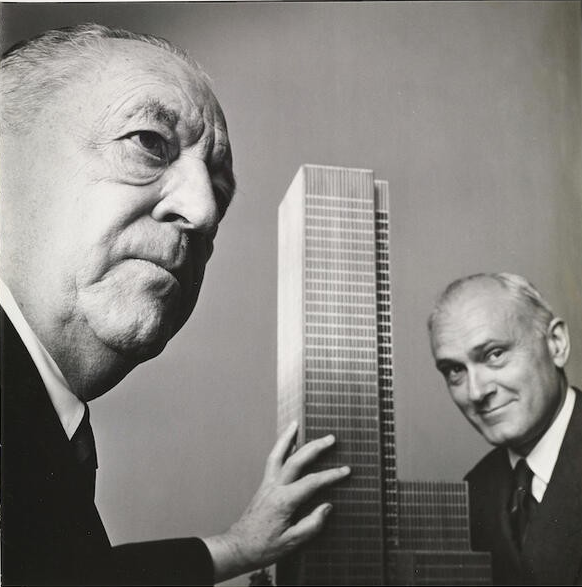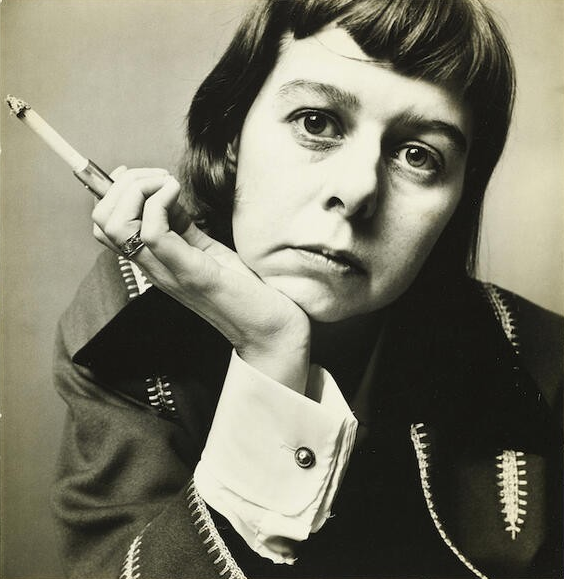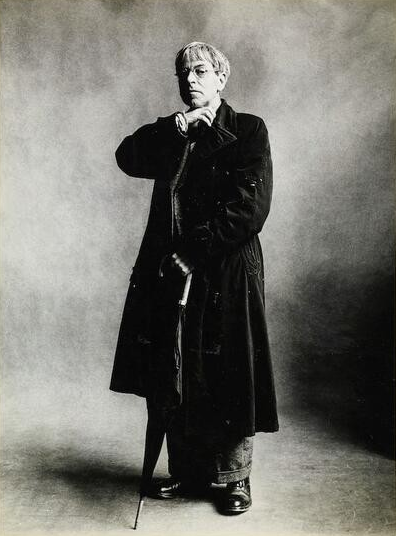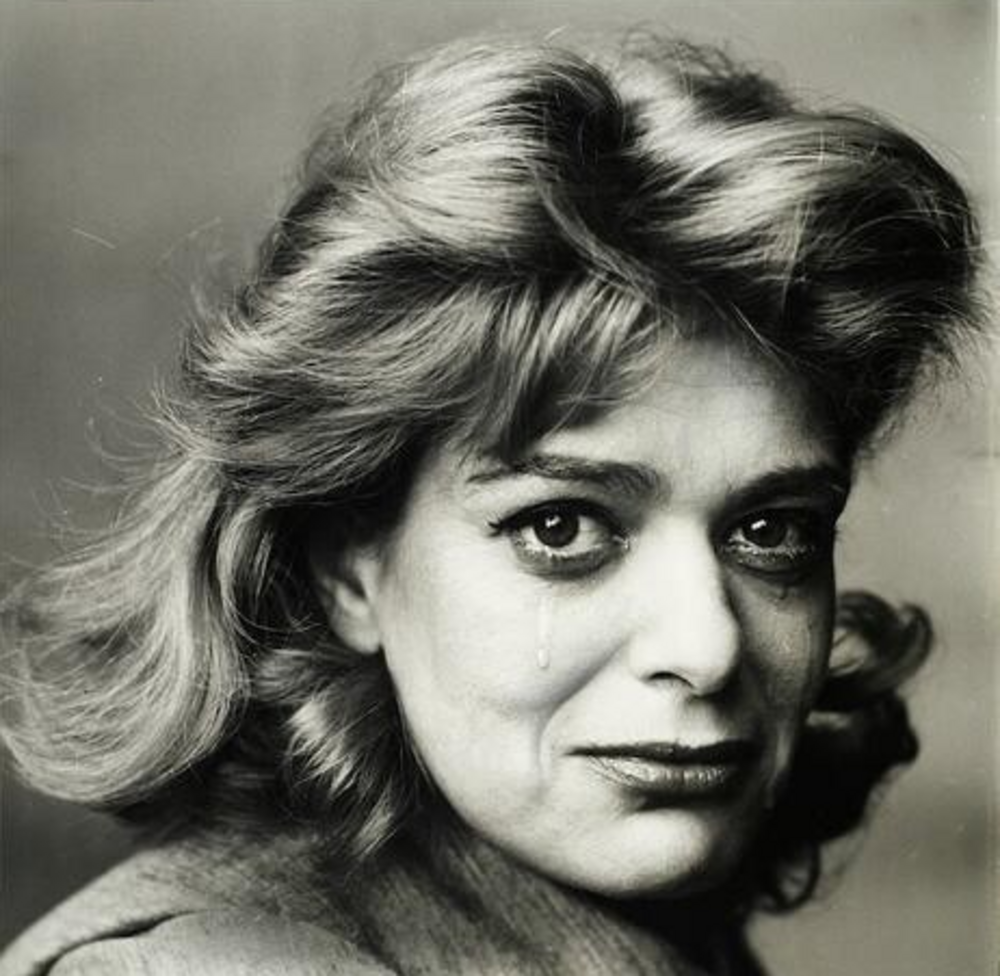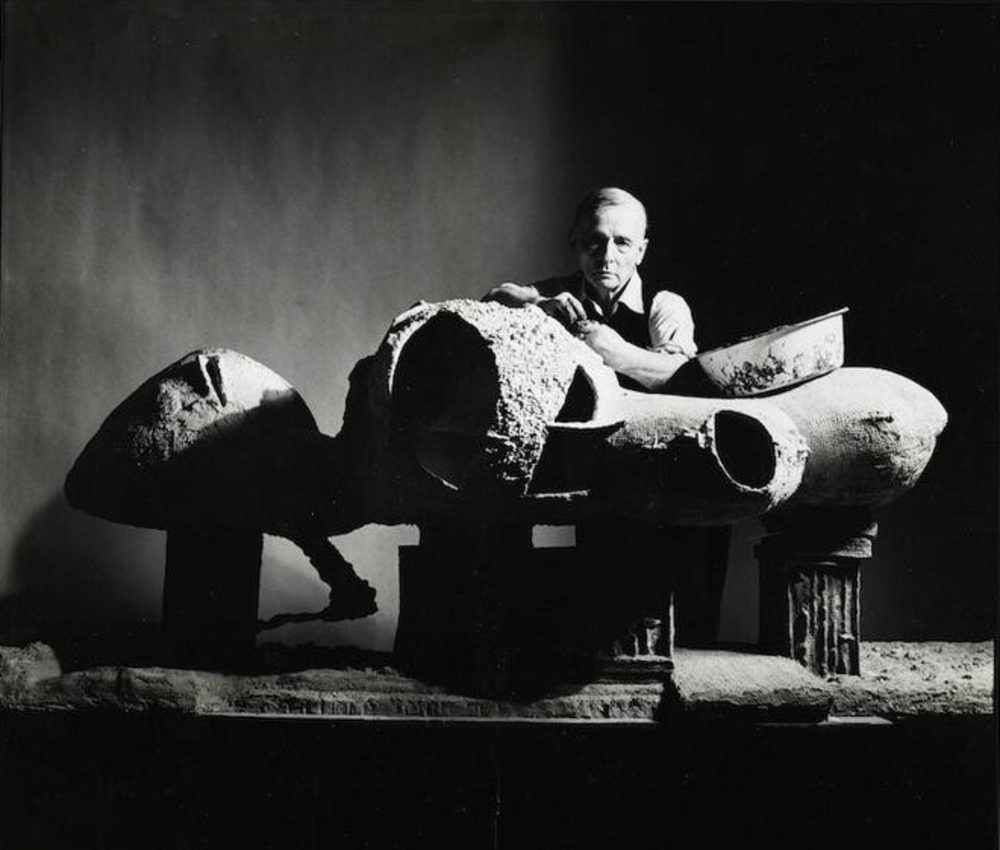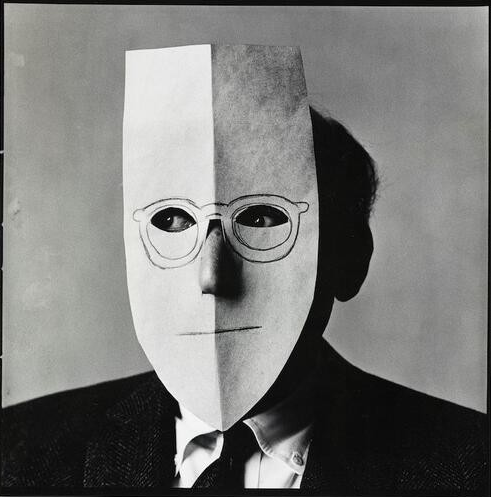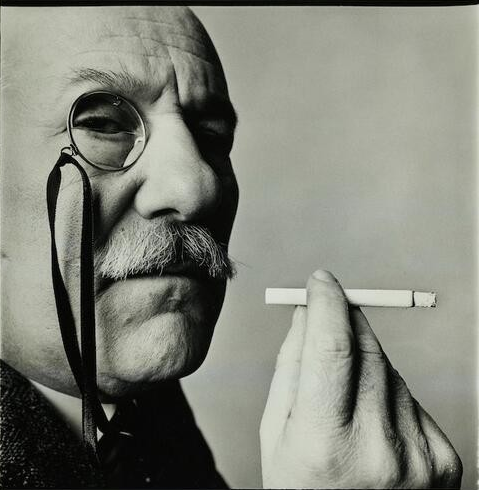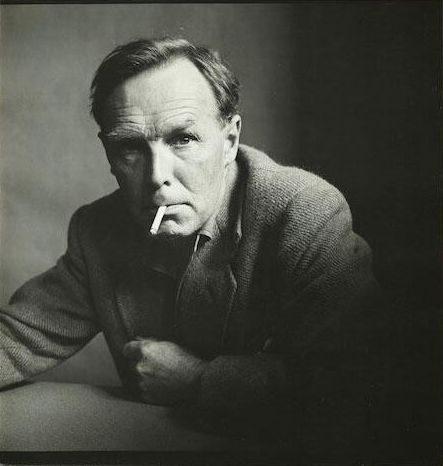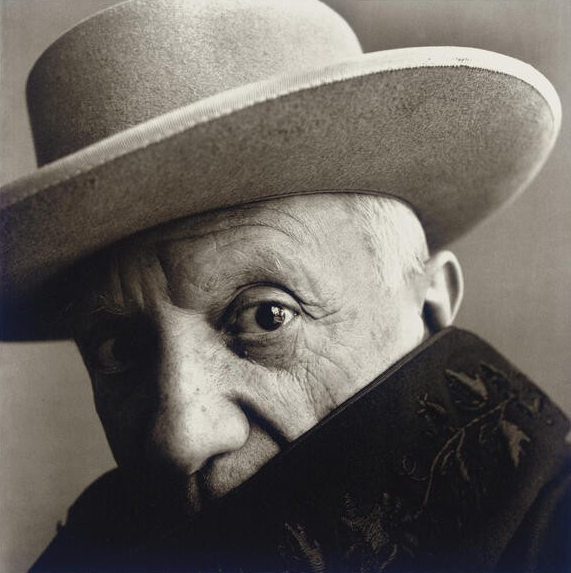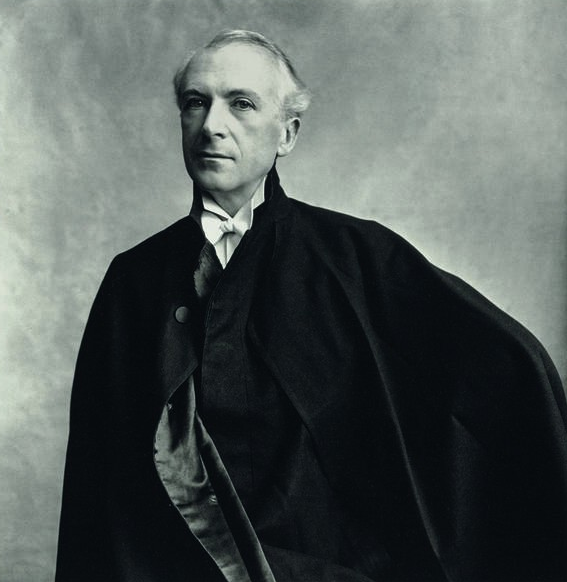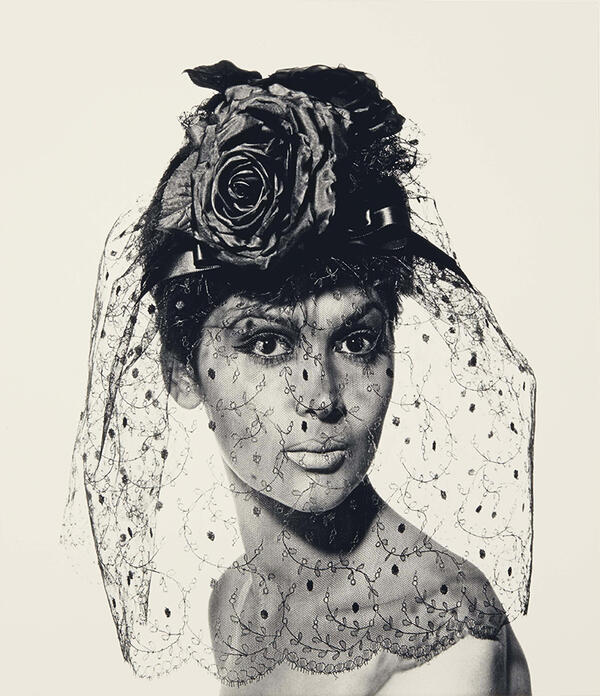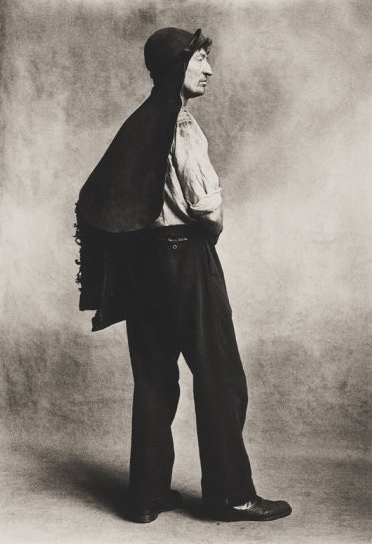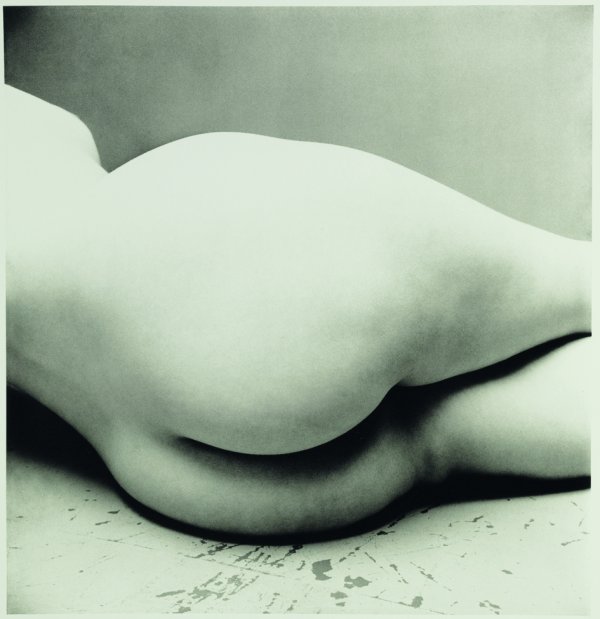New York Still Life
Gelatin silver print
14 7/8 × 17 3/4 in
From Vogue covers to ethnographic portraits, from floral still lifes to experimental nude studies, the vast corpus that Irving Penn (1917-2009) produced covers with the same mastery all the fields of photography.
He is foremost a studio photographer, and the “neutral zone” that he designs there (a simple canvas or white paper background in a natural light) defines a spatial framework that decontextualizes and highlights the presence of its multiple subjects.
This working principle of great modesty will follow him in all his travels, from Morocco to New Guinea via San Francisco, Cuzco or Nepal.
Irving Penn began his career as a photographer in 1943, inspired and encouraged by Alexander Liberman, who at the time was the artistic director of American Vogue. In October of the same year, one of Penn’s color still lifes appeared on the cover of that month’s issue of Vogue. Many of Penn’s compositions combine everyday objects and food. His still lifes show laid tables, often in careful disarray, with a blend of fruit, flowers, dishes, wines, and little insects, in a nod to the masters of the Dutch Golden Age. As with the Flemish vanitas works of the 17th century, a bowl of grapes, a crumpled linen tablecloth, a piece of broken bread or a fly perched on ripe fruit remind us of the ephemeral nature of life. Penn produced more than 100 still lifes throughout his career. These images reflect his initial training as a painter as well as his studies with the photographer Alexey Brodovitch. The objects he captures are often carefully arranged against a simple background, in his typical minimalist
style, enabling the viewer to concentrate solely on the subject. John Szarkowski, the former director of photography at the Museum of Modern Art in New York, said in this regard: “Penn was one of the most remarkable innovators in photography and one of the most successful artists in at least two of the oldest and most popular genres of this medium: still life and portraits”. Szarkowski and Penn produced a book together on Penn’s still lifes: Irving Penn: Still Life 1938–2000, published by Thames and Hudson in 2001.
This photograph was shown for the first time by Pinault Collection in 2023 during the exhibition “Chronorama, Photographic Treasures of the 20th Century” at Palazzo Grassi, Venice.
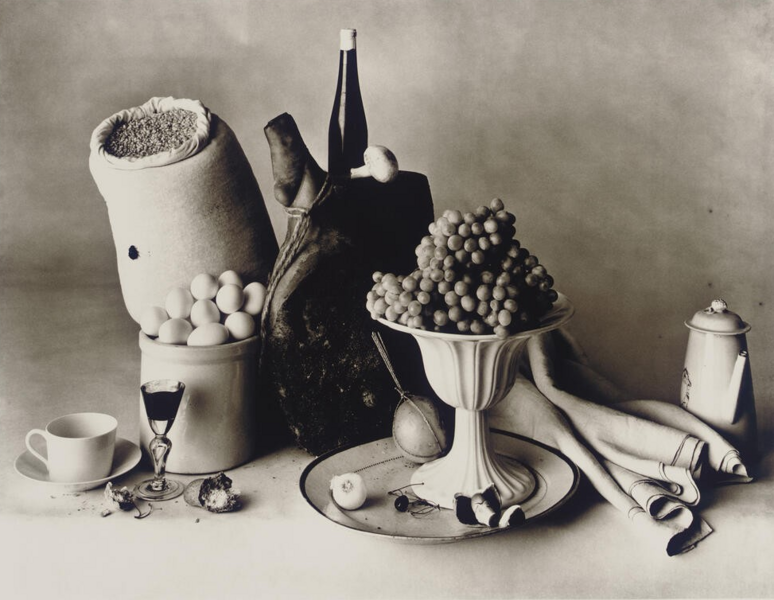
(c) Condé Nast Publications, Inc
Pinault Collection
New York Still Life, 1947
